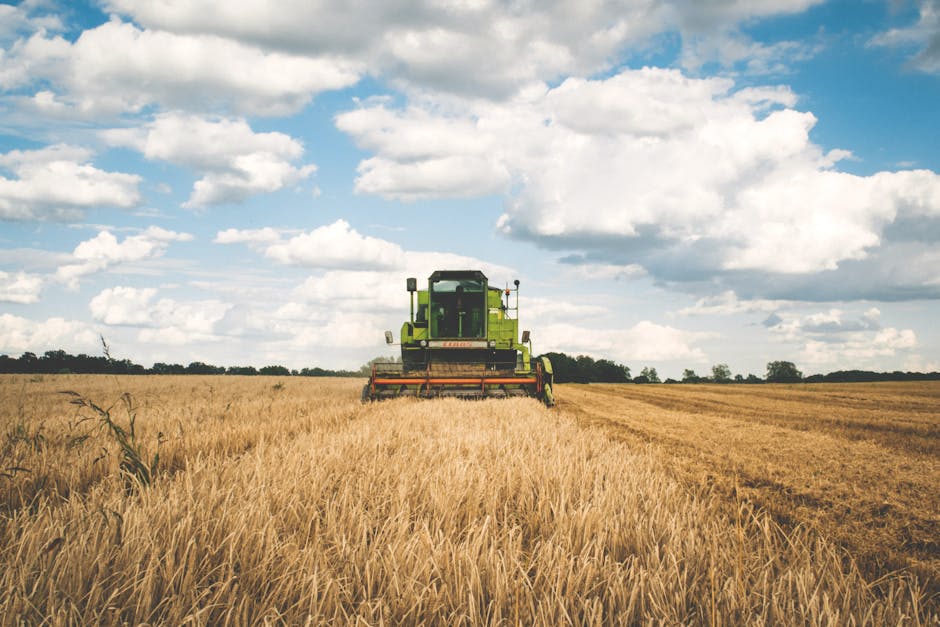Conventional pollutant emission limits
US Environmental Protection Agency (EPA)
Existing diesel and SI engines, as determined by their date of construction or reconstruction
History
The US Environmental Protection Agency (EPA) has issued a number of rules, titled National Emission Standards for Hazardous Air Pollutants (NESHAP), to control emissions of toxic air pollutants from existing stationary reciprocating internal combustion engines (RICE). The rules are intended to reduce emissions of toxic air pollutants—such as formaldehyde (HCHO), acetaldehyde, acrolein, methanol and other air toxics—from several categories of previously unregulated stationary engines. The EPA has determined that carbon monoxide (CO) can be often used as an appropriate surrogate for formaldehyde. Since testing for CO emissions has many advantages over testing for emissions of hazardous air pollutants (HAP), most of the emission standards have been finalized in terms of CO as the only regulated pollutant.
Key dates:
- June 15, 2004 – EPA issued a rule applicable to several new and existing RICE categories, which included emission standards for certain existing spark ignition (SI) stationary engines.
- February 17, 2010 – EPA issued a rule to reduce emissions from existing diesel powered stationary engines (compression ignition, CI, engines).
- August 20, 2010 – EPA issued a rule to reduce emissions from existing gas-fired stationary engines (spark ignition, SI, engines).
- March 9, 2011 – EPA issued a rule introducing several minor amendments and clarifications to the regulation published on August 20, 2010.
- January 14, 2013, EPA finalized amendments (78 FR 6674) to RICE NESHAP for:
-
- stationary area source stationary spark ignition engines above 500 hp;
- remote areas of Alaska;
- engines scheduled to be replaced in the next few years due to state or local rules, and certain engines installed in 2006;
- compliance alternative for formaldehyde emissions;
- stationary CI engines on offshore vessels on the outer continental shelf; and,
- emergency engines.
The NESHAP standards discussed below are applicable to existing engines. Separate regulations have been adopted to control emissions from new stationary engines. The NESHAP regulations for stationary engines are published in Title 40, Part 63, Subpart ZZZZ (63.6580) of the Code of Federal Regulations (CFR).
Technical Standards
Applicability
The applicability of the emission standards depends on the classification of the source of air toxics emissions. “Major sources” of air toxics are defined as those that emit 10 short tons per year of a single air toxic or 25 short tons per year of a mixture of air toxics. “Area sources” are those sources that are not “major sources.”
The NESHAP rules are applicable to “existing” diesel and SI engines, as determined by their date of construction or reconstruction:
- “Area sources” of air toxics emissions: Engines constructed or reconstructed before June 12, 2006.
- “Major sources” of air toxics emissions:
- Engines ≤ 500 hp constructed or reconstructed before June 12, 2006.
- Engines > 500 hp constructed or reconstructed before December 19, 2002.
The emission standards apply to engines used for non-emergency purposes.
The NESHAP standards discussed are applicable to existing engines. Separate regulations have been adopted to control emissions from new stationary engines.
Standards
The NESHAP standards are expressed as volumetric, dry CO concentrations (ppmvd) at 15% O2 (with the exception of standards for rich-burn SI engines, expressed as volumetric concentrations of HCHO at 15% O2). The standards must be met during any operating conditions, except during periods of start-up (of maximum 30 minutes). Emissions are tested at 100% load.
Alternative compliance options are available in certain engine categories, expressed as percentage CO or HCHO emission reductions. These reductions can be achieved by retrofitting engines with such controls as oxidation catalysts. There are no emission standards for emergency stationary SI or CI engines; instead, requirements include changing air filters and inspection of spark plugs, hoses, and belts.
The standards for stationary diesel engines are listed in the following table.
| Engine Category | Emission Standard | Alternative CO Reduction |
|---|---|---|
| Area Sources | ||
| Non-Emergency 300 < hp ≤ 500 | 49 ppmvd CO | 70% |
| Non-Emergency > 500 hp | 23 ppmvd CO | 70% |
| Major Sources | ||
| Non-Emergency 100 ≤ hp ≤ 300 | 230 ppmvd CO | – |
| Non-Emergency 300 < hp ≤ 500 | 49 ppmvd CO | 70% |
| Non-Emergency > 500 hp | 23 ppmvd CO | 70% |
Standards for spark ignition, gas-fired stationary engines are summarized below. The engine designations indicate two- or four-stroke (2S/4S) lean- or rich-burn (LB/RB) gas engines.
| Engine Category | Emission Standard | Alternative CO/HCHO Reduction |
|---|---|---|
| Area Sources | ||
| 4SLB, Non-Emergency > 500 hp | 47 ppmvd CO | 93% CO |
| 4SRB, Non-Emergency > 500 hp | 2.7 ppmvd HCHO | 76% HCHO |
| Major Sources | ||
| 2SLB, Non-Emergency 100 ≤ hp ≤ 500 | 225 ppmvd CO | – |
| 4SLB, Non-Emergency 100 ≤ hp ≤ 500 | 47 ppmvd CO | – |
| 4SRB, Non-Emergency 100 ≤ hp ≤ 500 | 10.3 ppmvd HCHO | – |
| Landfill/Digester Gas, Non-Emergency 100 ≤ hp ≤ 500 | 177 ppmvd CO | – |
| 4SRB, Non-Emergency > 500 hp | 350 ppmvd HCHO | 76% HCHO |
Other Provisions
- Diesel Fuel – The diesel rule requires the use of ultra-low sulfur diesel fuel for stationary non-emergency engines greater than 300 hp with a displacement of less than 30 liters per cylinder. The regulation will be fully implemented by 2013.
- Crankcase Filtration – Stationary engines above 300 hp must be equipped with closed or open crankcase filtration system in order to reduce metallic HAP emissions.
The regulations specify a number of other requirements and provisions, including work practices for operators of diesel and SI engines.
Links
Regulatory Documents
40 CFR Parts 60 and 63, January 2013
Regulatory agencies
EPA page on National Emission Standards for Hazardous Air Pollutants for Reciprocating Internal Combustion Engines



